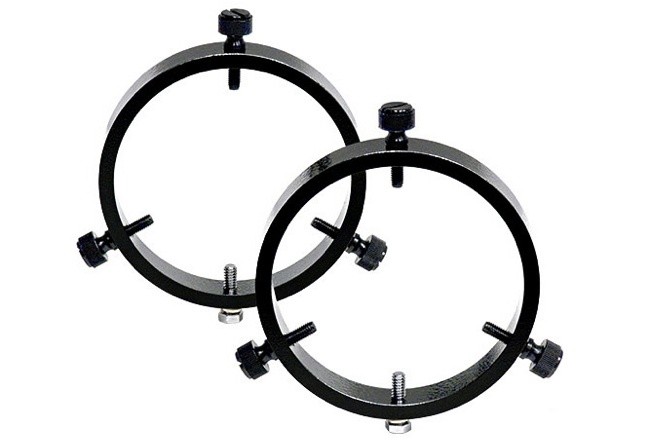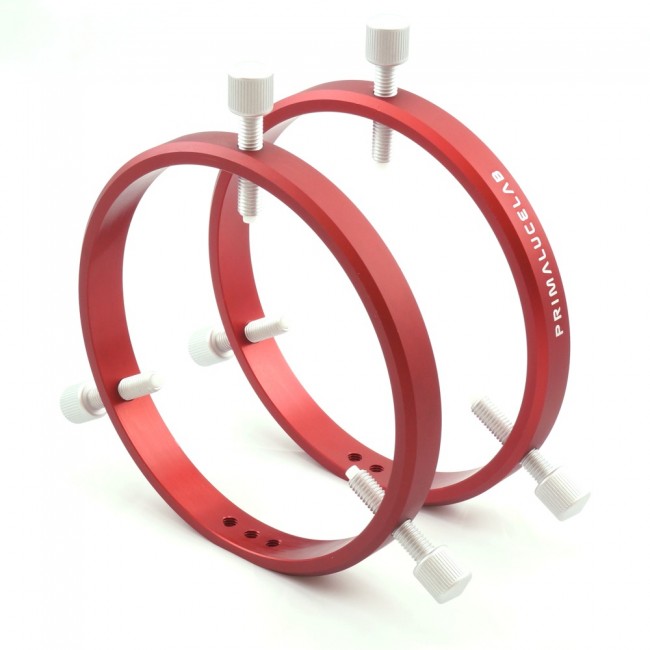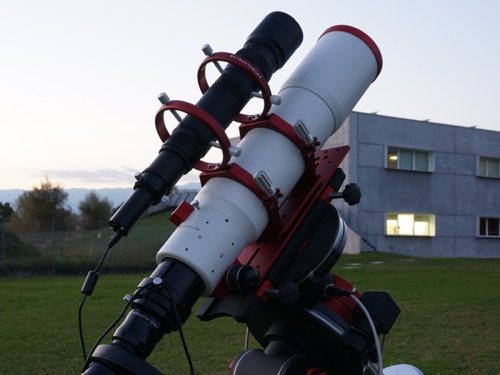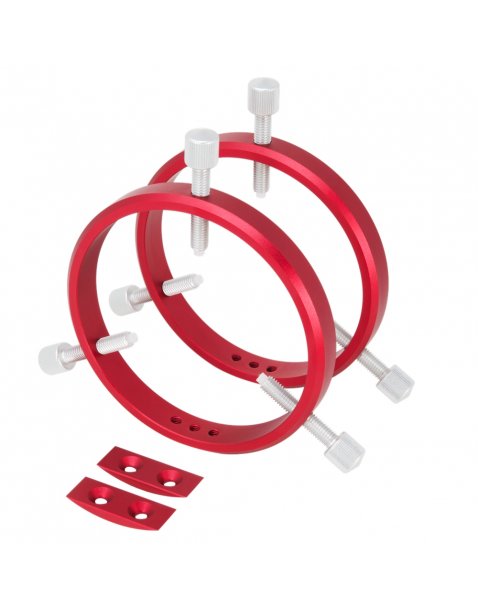Autoguide flexures
Autoguide flexures: the use of an autoguider to improve the tracking accuracy of the telescope mount not only requires a sensitive camera and a good guide telescope (or an off-axis guider) but also a properly machined mechanical system that is able of supporting it without problems or flexures.
I decided to write an article about it when, last week, I received a call for help by an amateur astronomer who could not guide: despite the guide graph that he observed in PHD Guiding software was good, without obvious peaks or tracking errors, the images were “moved” and the stars elongated. I do not have with me his pictures but here you have an example of how the image may appear.




€86.07

